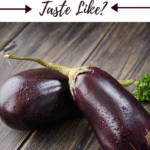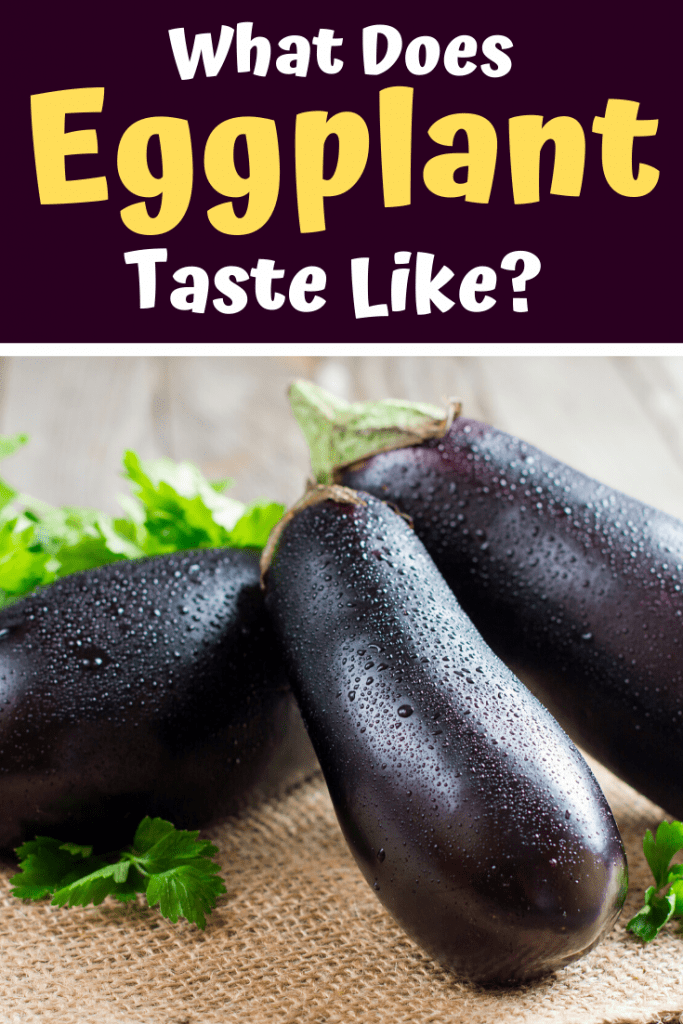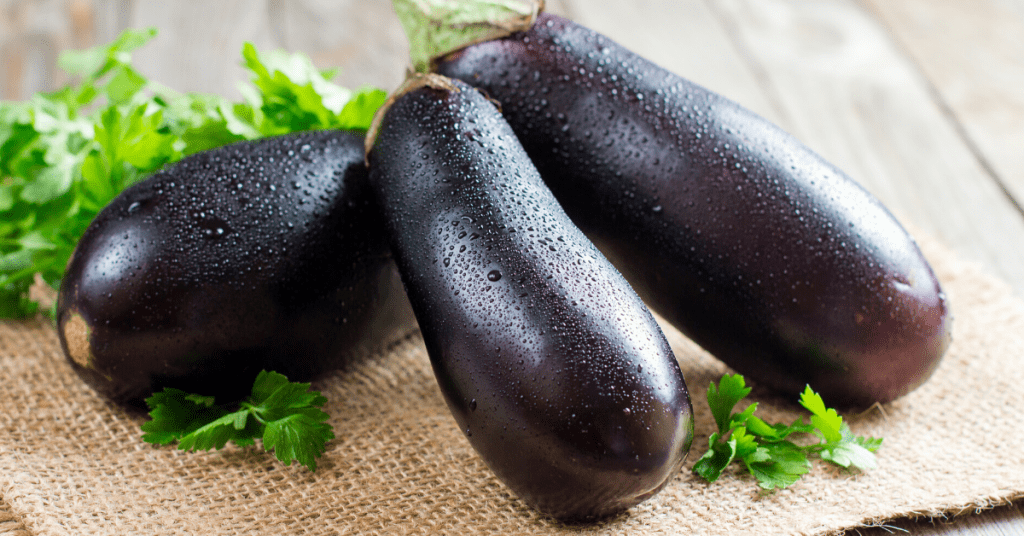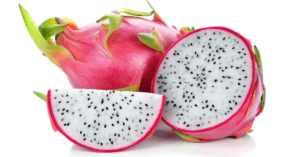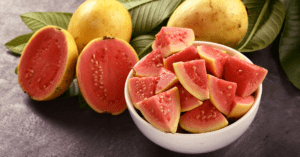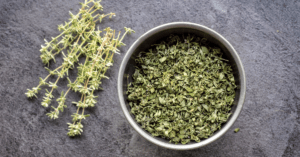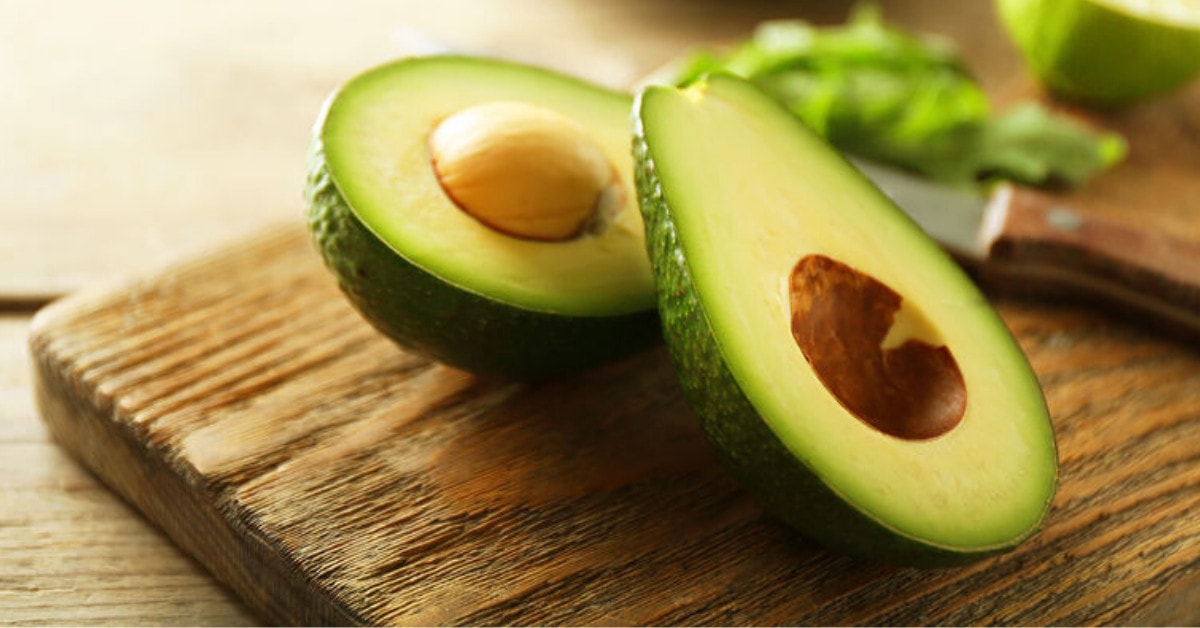But have you ever wondered what eggplant tastes like, sans the flavor infusions? Today, we’ll bring light to this mysterious veggie – what it is, how it tastes, and everything else there is to know about it. So, if you’re ready to become an aubergen-ius, read on!
What is Eggplant?
While we all think that eggplant is a vegetable, it’s technically classified as a berry. It belongs to the nightshade family, which is why many people once thought it was poisonous. There’s a little truth to it, though – the leaves and flowers do contain solanine, which is poisonous when taken in large quantities. The fruit, however, is 100% safe for consumption. It originated in either Africa or India but has been cultivated in eastern and southern Asia, as far back as prehistoric times. Many people believe that back then, the eggplant had the color and shape of an egg, hence the name. Here’s a fun fact: In 13th-century Italian and 19th-century Egyptian folklore, it was believed that consuming eggplant caused insanity. While it is mostly oval and purple, some varieties of eggplant come in different shapes and colors. Yup, some eggplants even possess an orange hue! But we are accustomed to its two most common forms – the Italian and American eggplants. While the Italian eggplant is smaller and plumper, the American kind is bigger and glossier. As a member of the genus Solanum, the fruit of the eggplant may be eaten from skin to flesh and seed. It is much like the tomato, although it has to be cooked prior to eating. When it comes to nutrition, the eggplant will not disappoint. The royal-colored berry is loaded with antioxidants, vitamins, minerals, and fiber – you know, all that good stuff. That’s why aside from being a delicious ingredient, it’s also used as medicine to treat bronchitis, asthma, and more. Eggplant is also good for the bones since it is packed with Calcium, Phosphorous, Potassium, Magnesium, and Vitamin K2. If you have a family history of osteoporosis, eggplant is an excellent addition to your diet.
What Does Eggplant Taste Like?
While different varieties of eggplant do taste slightly different from one another, the flavor profile is mostly the same. Its taste is usually compared to a zucchini – bland, bitter, and mild. That’s why people prefer adding it to bold-flavored dishes to enhance its taste. When mixed with any oil or liquid, it absorbs the flavors, thus becoming super tasty. Another fun fact for you: “female” eggplants are more bitter than the “male” species because they contain more bitter seeds and water. When cooked, it becomes extremely tender. It’s soft and creamy like mashed potatoes but has a tad slimier consistency, like okra.
How to Pick the Best Eggplant
There are many different ways to choose the best produce when you’re at the grocery store. Everything from the smell, the weight, color, feel, and texture will give you a better sense of which produce to buy. The best eggplants must feel heavy. If it’s too light for its size, it could mean it’s starting to rot on the inside. You should also check for color – it should be nice and glossy, not bruised and discolored. To check for ripeness, press against the skin. If the flesh bounces back, it’s ripe. But, if it stays indented, it needs a few more days before it ripens.
How to Store Eggplant
While many of us think the fridge is the best place to store eggplant, it’s not. Eggplants do not thrive in temperatures below 50 degrees. They are better off stored in a cool area away from heat and sunlight. Sure, it will survive for a few days in the fridge, especially when covered in a dry plastic bag, but it will last longer at room temperature, without the bag.
How to Cook Eggplant
With all this eggplant talk, you are probably extremely eager to have some of that purple goodness by now. So, without further ado, here is how you prepare and cook eggplant. Eggplant belongs to the 15 cleanest veggies in the universe, meaning it is one of the least chemically infused produce out there. With that said, there isn’t much need to get organic eggplant. Eggplant has a mild bitterness to it, though, so you’ll want to infuse it with salt to get rid of that flavor. After you rinse and slice the eggplant, sprinkle it with either coarse or fine salt. Let it sit there for 15-20 minutes to give the salt ample time to draw out the bitter liquid. And then pat the slices dry with a kitchen towel. There are many ways to cook eggplant, and they’re all fantastic. Some leave the skin on and grill them, while some peel them off and just use the meat. Greek cuisine uses eggplant as the primary ingredient in Moussaka, a creamy dish that resembles lasagna. In the States, people use it to make eggplant parmigiana. In Asian cuisine, people use it as an ingredient in stews and soups. My favorite, though, is a simple egg-dipped and flour-battered, deep-fried eggplant. Yum! Click on a star to rate it!
Average rating 5 / 5. Vote count: 1 No votes so far! Be the first to rate this post.
Share on social media: Let us improve this post!


